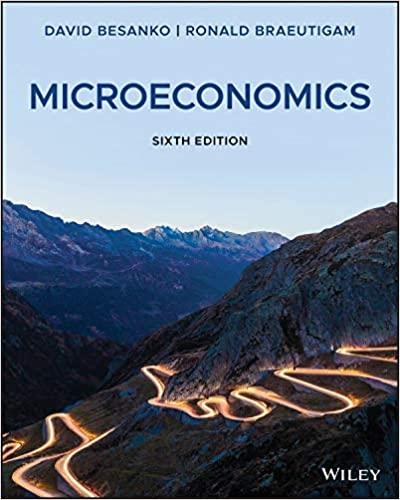Answered step by step
Verified Expert Solution
Question
1 Approved Answer
169: 634/973 - BAGH EXAMPLE 15.1.4 As in Example 14.9.2, let u(x, y) denote the total well-being of a society, where x denotes GDP and


Step by Step Solution
There are 3 Steps involved in it
Step: 1

Get Instant Access to Expert-Tailored Solutions
See step-by-step solutions with expert insights and AI powered tools for academic success
Step: 2

Step: 3

Ace Your Homework with AI
Get the answers you need in no time with our AI-driven, step-by-step assistance
Get Started


